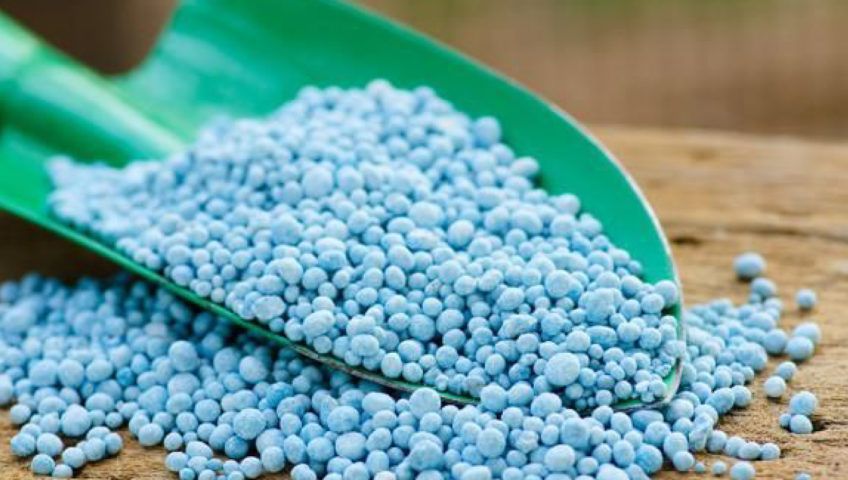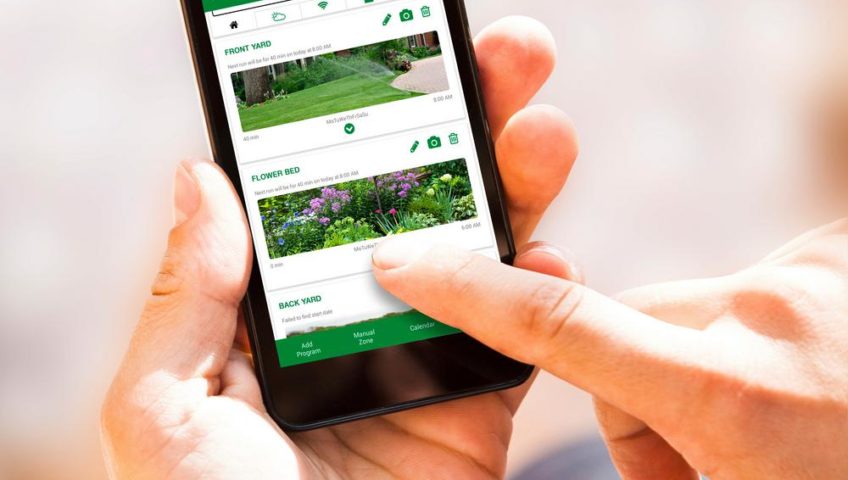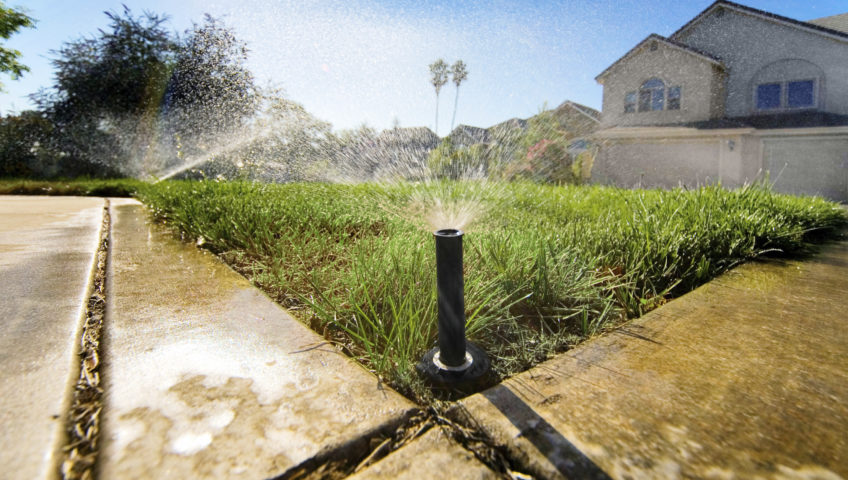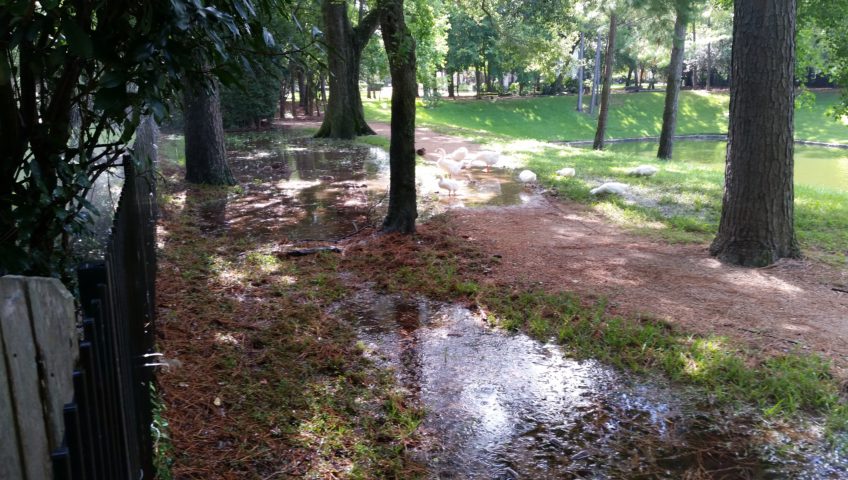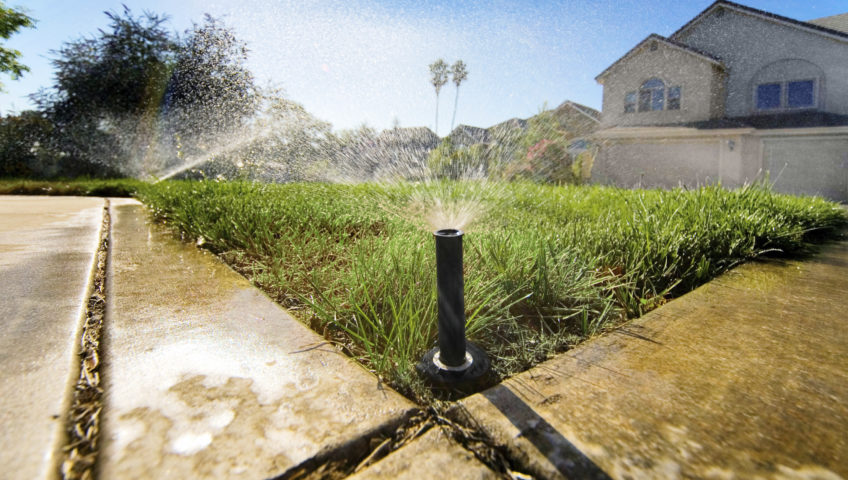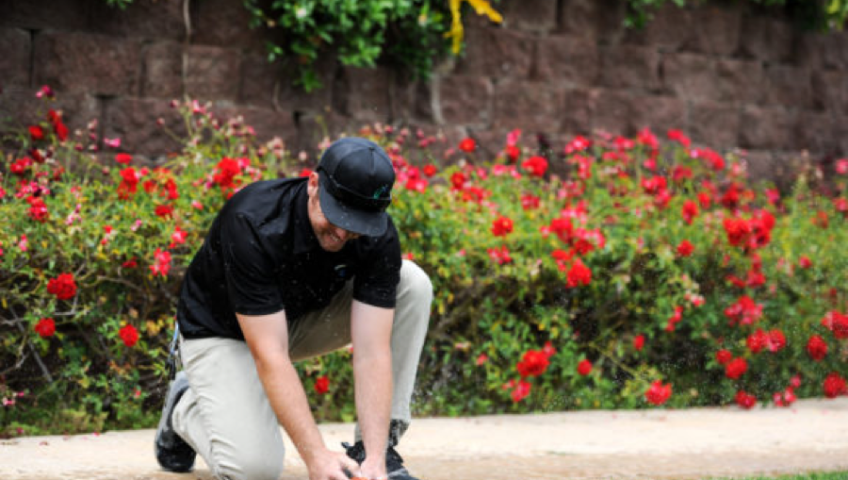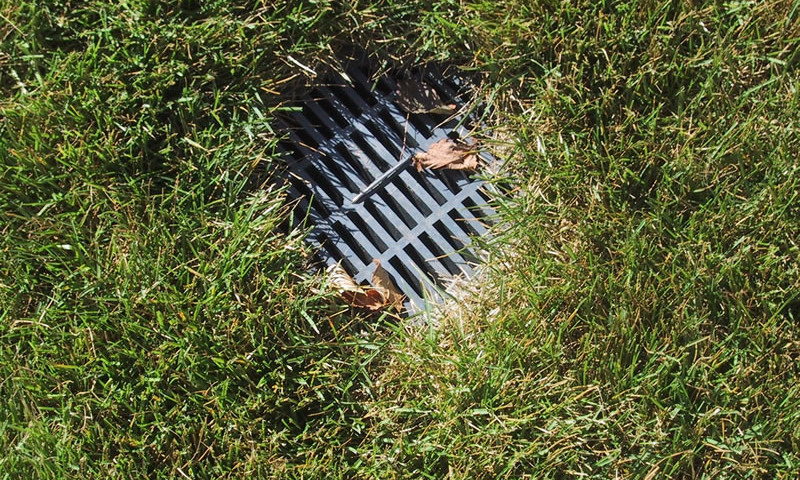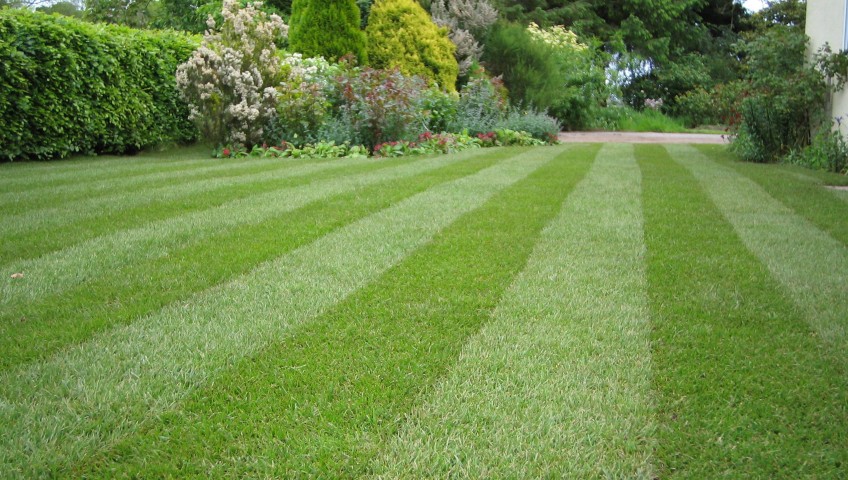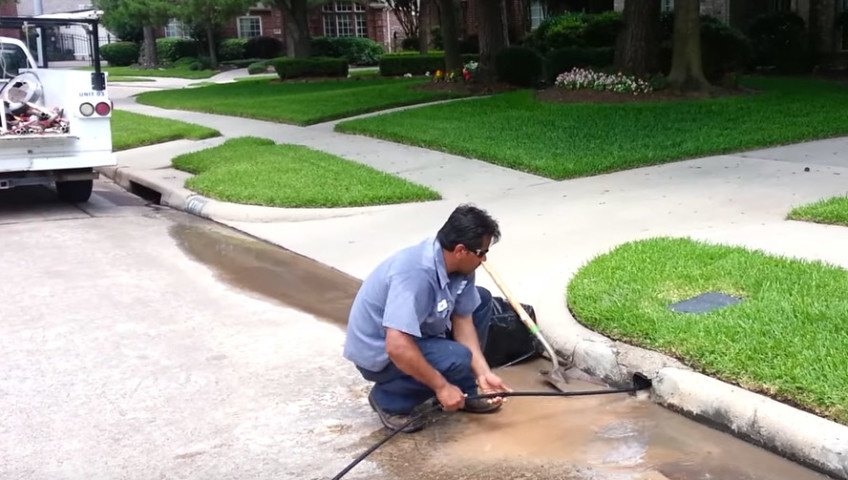
Do You Have Slow Or Clogged Yard Drains? Here’s How To Fix Them.
Yard drains and driveway drains help remove rainwater from your property into the storm sewer or other drainage system like a catch basin or French drain to help keep your yard dry.
Check for obvious things blocking the drain like leaves, dirt, stones, toys, trash, etc. Remove any of these items that may be present with your hands or scoop if possible. If there is a grate on the yard drain, remove it so you can get a better look into the drain pipe. If there is additional debris viewable in the drain pipe, try to move it carefully without damaging the pipe itself.
Your property may have one or more drain cleanout or inspection portals likely located near the house, or by the street (closer to the storm sewer) or on some other location in your yard depending on how your yard is setup to handle the water drainage. Run water from a hose through your yard drain, you should see water flowing through the inspection portal towards the storm sewer or other drainage area. If you do not see a flow of water, or only a small flow of water, this could be the sign of a more serious clog including tree roots in the drain pipes or you may have broken pipes.
If you have trees on your property, making tree roots a likely candidate for blocking your yard drain, or if you suspect it is simply a more stubborn clog of dirt and debris, you can call JB Irrigation & Services as we now provide outdoor drain cleaning. JB uses a hydro-jet to clear the problems. Nasty root and other debris related clogs can be challenging to handle, so call JB Irrigation and an experienced professional will take on this job for you. Once the clog has been pulled out or pushed through the yard drain, you should be able to see water freely flowing through both the problem drain and through to the outlet. Stubborn clogs may require using the hydro-jet from both the drain side and the outlet side of the drain to break them loose.
If the hydro-jet does not allow penetration of the clogged area and what is being removed from the drain is dirt, mud and stones, this is the sign of a broken yard drain pipe that must be replaced. JB Irrigation and Services is a yard drain repair expert, having performed hundreds of broken drain pipe replacement projects. To setup an appointment and have your drain cleaned and if necessary repaired by a trained JB Irrigation professional, call us at 281-744-6909 or use this link to our contact form.

